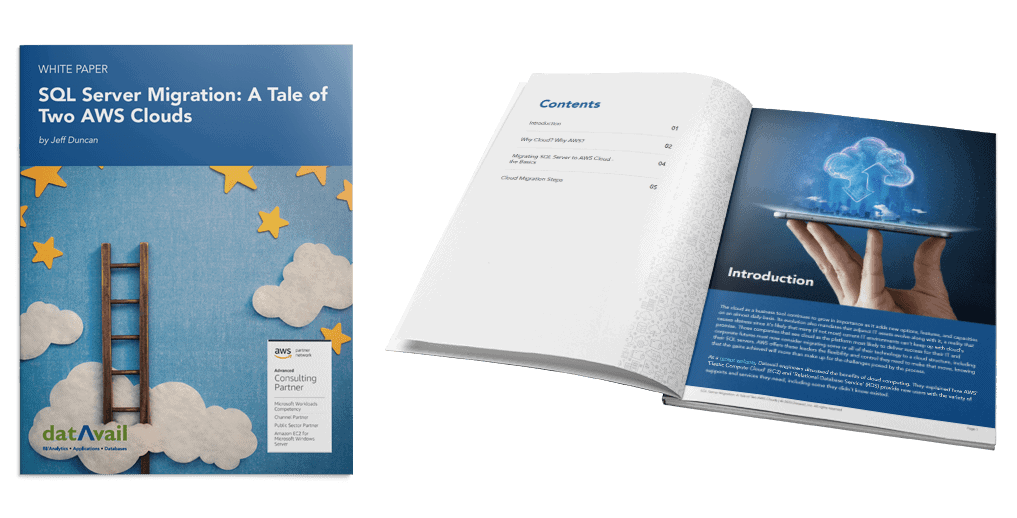SQL Server Migration: A Tale of Two AWS Clouds

The cloud as a business tool continues to grow in importance as it adds new options, features, and capacities on an almost daily basis.
Its evolution also mandates that adjunct IT assets evolve along with it, a reality that causes distress since it’s likely that many (if not most) current IT environments can’t keep up with cloud’s promise. Those companies that see cloud as the platform most likely to deliver success for their IT and corporate futures must now consider migrating some or all of their technology to a cloud structure, including their SQL servers.
Amazon Web Services (AWS) offers these leaders the flexibility and control they need to make that move, knowing that the gains achieved will more than make up for the challenges posed by the process.
What Are the Benefits of an Amazon RDS/Amazon EC2 Migration from SQL Server?
There are a variety of benefits around cloud computing and how AWS’ EC2 and RDS can provide new users with a variety of support and services they need during a SQL Server to AWS cloud migration including services they didn’t know existed. Download our paper to learn more about:
- The benefits available to cloud users and more on AWS’ impact as a leader in the cloud services.
- An overview on cloud services fundamentals around IaaS, PaaS and SaaS
- The steps necessary for SQL Server to AWS cloud migration
- The differences between AWS RDS and AWS EC2 and how an expert can help you organize strategize your plan for implementation.
A migration is no easy endeavor, if you’re looking for guidance on migrating your SQL Server instances to AWS and need an expert, look no further. Learn more about Datavail’s AWS Managed Database Migration Services.
Download the White Paper